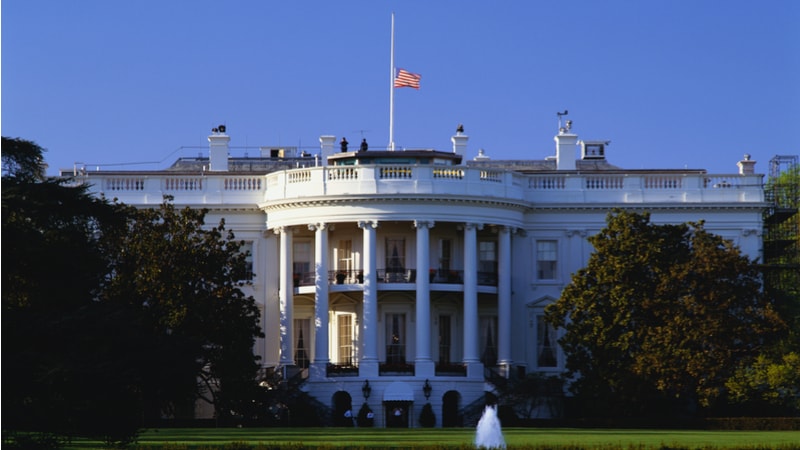
Automation, public data repositories, standardized metadata forms, and interoperable data-sharing platforms are some of the major pushes being made in guidance for Federal agencies looking to apply the Trump administration’s “gold standard science” objectives, according to guidance issued today by the White House Office of Science and Technology (OSTP).
OSTP Director Michael Kratsios delivered the memo to Federal agencies on June 23 and said the guidance will assist agencies in applying an executive order from President Donald Trump on “Restoring Gold Standard Science” by ensuring “that science is no longer manipulated or misused to justify political ends.”
That memo included methods of approaching science-related initiatives – namely those related to national security and energy innovation, according to the document – that would foster cross disciplinary collaboration and withstand scrutiny.
“In an age of rapid technological progress and heightened public scrutiny, federally-funded and federally-performed science, and its use in Federal decision-making, must be beyond reproach,” reads the document.
To support this goal, OSTP said that agencies should encourage depositing raw data and code in publicly accessible repositories to facilitate reproducibility. Other data-related pushes include requiring grant applications to include data sharing plans, and standardizing metadata formats and data-sharing platforms across agencies.
“Agencies should promote team science by encouraging clear protocols for collaboration, such as shared digital workspaces, interoperable software, and the use of tools for effective communication and data integration,” reads the memo.
Artificial intelligence also plays a role in gold standard science, according to OSTP, which is encouraging agencies to explore the use of AI and other advanced technology to implement gold standard science to reduce administrative burdens.
Recommended use cases include validating reproducible protocols; standardizing transparent data reporting; quantifying uncertainty; facilitating interdisciplinary collaboration; detecting biases in peer and merit review; and managing conflict-of-interest disclosures.
“By integrating these technologies into research frameworks, agencies can optimize compliance efficiency, reduce administrative overhead, and enable researchers to focus on discovery, thereby enhancing the credibility, rigor, and impact of scientific outcomes,” said OSTP.
Agencies are required to submit a report to OSTP within the next 60 days on their implementation plans.
When introducing the concept of gold standard science in May, Kratsios zeroed in on diversity, equity, and inclusion (DEI) principles in scientific fields, claiming that inclusive efforts pushed by DEI pose an “existential threat to the real diversity of thought that forms the foundation of the scientific community.”
Kratsios said that the “first step to restoring trust in America’s scientific establishment, and rebuilding a strong foundation for breakthrough discoveries, is a return to Gold Standard Science.”
Those remarks fell in line with moves made by the Trump administration since it took office in January to dismantle DEI policies, which have taken the form of executive orders or other actions carried out by the Department of Government Efficiency.
